ShenxianjuImmortal residence
Shenxianju, a famous ancient mountain, is also known as Weiqiang Mountain. Now it is a national 5A scenic spot. There is the title of He Shu's calyx in Qianlong period of Qing Dynasty, "The First City of Smokey clouds", the immortal dwelling of steaming clouds, beautiful scenery, the world's first.
The unique geological structure of Shenxianju is the largest volcanic rhyolite geomorphic cluster in the world. One mountain, one water, one cliff, one cave and one stone and one peak can form their own style, forming six wonders of Guanyin, Tadao, Tianmu Peak, Yunhai, Falls and Tadpoles. The immortal dwelling scenery can be divided into two parts, namely, the South China Sea and the North China Sea. They are called the eight new sceneries of the immortal dwelling: Xiyi Cifan, Painting Screen Smoke Cloud, Fohai Fanyin, Qianya Dicui, Ploughing Sunset, Wind Swaying Spring Waves, Tianshu Tadpoles and Danzhu Listening Spring Spring. On both sides of the scenic spot are the scenery of Jiangnan Canyon, which is interdependent with forests and springs. The scenic spots are won by Yanqi, Waterfall Xiong, Valley seclusion, dense caves, clear water and beautiful fog. There are thousands of peaks and vast meteorology. From the Beihai Cableway to the South China Sea Cableway, several kilometers of journeys are made on hundreds of meters of high-altitude trestle road. In the meantime, they walk along the six paths of Bodhisattva, Prajna, Cause and Fate, Guanyin, Flying Eagle and Wuwei. The content of negative oxygen ions in the scenic area is extremely high, averaging 21,000 per cubic centimeter, and the highest is 88,000 per cubic centimeter, which is the true natural oxygen bar.
Self-driving tour: Under the exit of Shenju on Zhuyong Expressway, the Shenju Tourist Center crosses the intersection. After 1.5 kilometers to the south to the island around Guanhou Village, choose to go to the north gate or south gate of the scenic spot.
Non-self-driving: Xianju County Bus Station has a shuttle bus to Shenju North Gate, 25 kilometers away, about 40 minutes, fare 9 yuan. The departure time is 7:20, 8:30, 9:30, 11:00, 12:30, 14:00 and 15:30. If the passenger flow is large, add passengers. The return time is one hour longer than the above time, that is, the last train in Beimen is 16:30.
Xianju County is located in the southeast of Zhejiang Province, west of Taizhou, east of Linhai, Huangyan, south of Yongjia, west of Jinyun, north of Pan'an and Tiantai. It covers an area of 2,000 square kilometers, with a total population of 510,000 and 20 townships (streets) under the jurisdiction of "Eight Mountains, One Water and One Field". Xianju has a history of about 9000 years. In 347, Xianju County was first named Le'an County. In the late Tang Dynasty, it was renamed Yongan in 930 A.D. Jingde 4 years in the Northern Song Dynasty, that is, in 1007 A.D., Song Zhenzong gave the name of immortal residence for its "cave Tian Mingshan, shield Zhou Wei, and multi-immortal residence". There are Neolithic Xiatang Primitive Society Village Sites; Spring and Autumn Period Wide-ranging Ancient Yue scripts and Han Dynasty Zhuxi rock paintings to fill the gaps in southeastern China; the earliest existing lighting street lamp in the world, Stone Pillar Lamp; Stone Zen Temple built in the first year of Xingping, Eastern Han Dynasty, and the largest existing Jin Dynasty cliff stone carvings outside the temple. The word "Buddha" includes Gaoqian ancient dwellings and Songyao ruins, and the ancient town of Liutan is a rare group of ancient buildings with large scale, exquisite architecture and complete preservation. It is known as "living specimen of Chinese folk dwellings in Tang, Song, Yuan, Ming and Qing Dynasties".
As a master of immortal dwelling landscape culture, the earliest human dawn can be traced back to the Xiayu era. The tadpole inscription in the scenic spot is said to be related to Dayu's water control. It has a mysterious primitive flavor and strongly attracts the attention of future generations. In the Han, Jin and Northern Song Dynasties, officials and eunuchs failed to explore, but nowadays people are exploring in the ascendant. At present, tadpole scripts, together with Xia Yushu, Hongyan Tianshu, Bashu symbols and Dongba scripts, are known as the eight undiscovered ancient scripts in China.
In the Spring and Autumn Period and the Warring States Period, Han and Jin Dynasties, Tang and Song Dynasties, Ming and Qing Dynasties and other dynasties, the lingering sound of humanities was left. The immortal dwelling is located in the hinterland of ancient Vietnam, and it has an indissoluble bond with Goujian, the king of Yue. The "Goujian Jianshi" in the scenic spot and the numerous legendary relics of Goujian in the immortal dwelling confirm each other, which is helpful to the textual research of the history of Yue.
Xianju people began in the late Tang Dynasty, the Song and Ming Dynasties are the most prominent, the prosperity of the imperial examination can be called the top in Taizhou. As the main carrier of human culture, the immortal dwelling scenic spot is closely linked with officials. During the Wanli period of the Ming Dynasty, Wu Shi, who had served as the imperial history of Zuo Du, studied hard in the mountains where the immortals lived, leaving behind the humanistic relics of the "Reading Hall" and beautiful talks. Immortal dwelling is a vestige of Buddhism and Taoism, which deposits Chinese culture. Xiyi Temple, Guanyin Cave, Caishen Cave and Tenth Cave Heaven in the scenic spot have been a beautiful place in the world since ancient times.
The cultural value of immortal dwelling is more prominent in contemporary film and television culture. In the past ten years, nearly a hundred theatre groups at home and abroad have come to shoot scenes, leaving behind numerous scenic spots such as "Wuliangshan" and "Jianhu Palace", which have made countless film and television stars, literati and poets have different feelings with the immortal dwelling. Over time, this landscape culture will be a unique brand that is difficult to replicate elsewhere. Hengdian Film and Television City, which is manufactured by people, can be regarded as the back garden of Chinese film and television culture.
The immortal dwelling is also known as Mount Wei Qiang, which has been recorded in the official records of past dynasties, namely Mount Tianmu or Mount Wang Grang. According to the description of Tianmu Mountain in Ming Dynasty's History of Scenic Spots, "Wang Gran Mountain, also known as Tianmu Mountain, is inhabited by ancient immortals in Xianju County". The Taizhou General Record of the Southern Song Dynasty, Chicheng Zhi of Jiading, also carefully summarized and analyzed the descriptions and differences about the location of Tianmu Mountain in various historical books behind Li Bai, and drew a conclusion with rigorous and responsible attitude: "Mount Wei Qiang is also known as Tianmu Mountain, in Xianju County, it includes Cang in the east, and there are publications in Yunshibi such as Kedou and Chunyue Qiao." Wen Jian's voice is the same as Linhai Ji. Then Tianmu Mountain is also the immortal dwelling of Weiqiang Mountain. Nowadays, the immortal dwelling "Weiqiang Mountain" - - "Tianmu Mountain" has been included in the national 5A tourism scenic spot "Immortal dwelling", as a gift of nature to immortal dwelling, immortal dwelling has unique magnificent scenery and unparalleled natural scenery. Spring is full of green, sunny wind ten miles; summer is brisk, red dust heat wave; autumn wind blows wheat fields, maple red apricot yellow; winter iron tree honeysuckle, all over the sea. Danxia landscape in the scenic area is strange and ghostly, like the dream of poetry fairy reappeared in the world. The immortal residence scenic spot "has both the deep of the Tiantai and the marvelous wild goose swing", almost contains all the essence of the immortal residence. One mountain, one water, one cliff, one cave, one stone and one peak in the scenic area can all be of their own style but not of other mountains. It is inconceivable that only a grand conclusion can be drawn - this is the bonsai designed by the immortals themselves for their luxurious houses. Finally, it is known that stroking the beautiful scenery in the immortal residence is the most realistic way to "get the Tao to ascend to immortality".
"Tianlong Babu" crew has been shooting more than 30 scenes in Xianju and Xianju scenic spots for more than one month. There are many theatre groups taking scenes here, such as Myth, New Laughter, Aojiang Lake, Xuanyuan Sword, Legend of Pursuing Fish, Lanling King and so on.
The scenic spot was developed and opened in 1998. On September 26, 2013, the government invested 150 million yuan to rebuild the new immortal residence scenic spot. The new Shenxianju Scenic Area has built two up-and-down mountain cableways, cliff trestle roads, high-altitude cable bridges, which organically connect the scenic area, forming many characteristic plates, such as Canyon exploration area, mountain top scenic area, traceable River exploration area and Qiwen exploration area, with a total area of 22.32 square kilometers. The Shenxianju scenic area is divided into eight scenic spots, namely, Xilizifan, Painting screen smoke and clouds, Fohai Fanyin, Qianya Dicui, ploughing sunset, windy spring waves, Tianshu tadpoles, Tadpoles, and Danzhu Tingquan. These eight scenic spots have their own characteristics, which are different from other places, and are truly Taoyuan fairyland. In the past, before the overall development of Shenxianju scenic spot, also known as Xiyi Temple scenic spot, is the scenery of the south of the Yangtze River canyon, the mountains and rivers depend on each other. It was named Xiyi Temple built by Xueya Zen Master in the Northern Song Dynasty. Xiyi Temple was rebuilt in the Ming Dynasty and collapsed at the end of the Republic of China. The scenic spot wins with the beauty of rock, waterfall, valley, cave, water and fog. Now after the overall development of the immortal residence scenic area, also known as the Great Immortal residence scenic area, thousands of peaks stand, the meteorology is magnificent, tadpole text in the high cliffs between the stone walls of the shadow, everywhere. From the Beihai Cableway to the South China Sea Cableway, several kilometers of journeys are made on hundreds of meters of high-altitude trestle road. In the meantime, they walk along the six paths of Bodhisattva, Prajna, Cause and Fate, Guanyin, Flying Eagle and Wuwei. On the Bodhi Road, the stone walls are towering and cloudy; Buddha Tathagata is solemn. On Prajna Road, we can see the grand scenes of Buddha's lectures and Buddha's listening to Sutras. Because of the gentle song of birds on the edge road and the change of scenery step by step, if walking in the picture scroll, even if there are steep slopes, it is not worth mentioning. On the Avalokitesvara Road, trees grow in shade, and the sunshine is magnificent. Thousands of years old Song silently protects and blesses the compassionate Avalokitesvara Bodhisattva. Flying Eagle Road is amazing, the four seasons of green waves, the magnificent sky garden at a glance; there are lovers walking hand in hand, two hearts are mutually identical, sentimental three lives. Wuwei Dao has fairy spirit, Lin Tao is like a sound, quiet and distant; Taiji platform can be seen on the neat tadpole text on the cliff, deep canyon can be seen under the Tianmu Dao.
In December 2005, Shenxianju Scenic Spot was awarded National AAAA Tourist Area.
In 2007, Shenxianju scenic spot was rated as one of the fifty top-quality scenic spots in Zhejiang Province.
In 2008, Shenxianju scenic spot was awarded the first batch of civilized scenic spots in Zhejiang Province.
In 2015, Shenxianju Scenic Area was awarded National AAAAA Scenic Area.
In 2017, Shenxianju Scenic Area was awarded "Top Ten Poetic Landmarks of China" and "Best Sports Tourism Destination".
In 2017, the Shenxianju scenic spot became the "origin of the world's high-altitude fancy flat belt movement" and "the first international base for the promotion of high-altitude flat belt movement in China".
In September 2017, Shenxianju Scenic Spot was awarded "China Sports Tourism Excellent Scenic Spot in 2017".
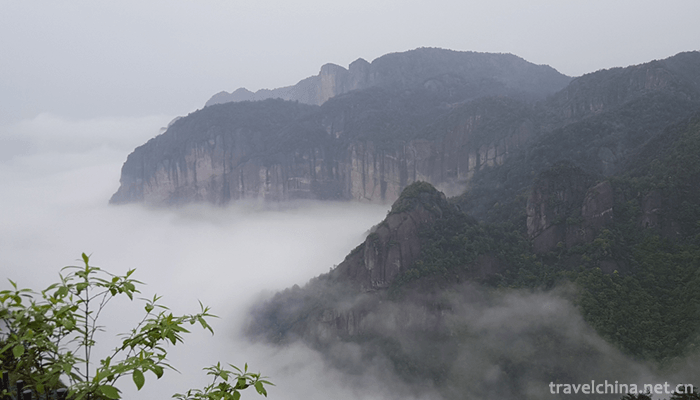
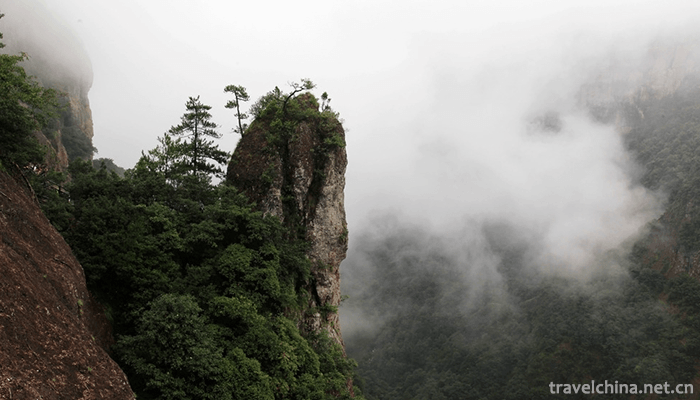
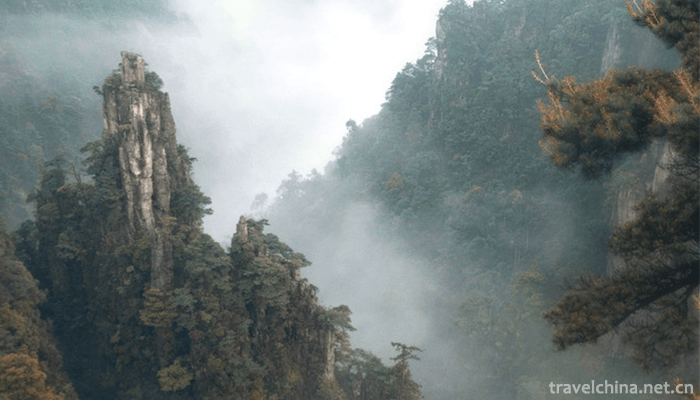
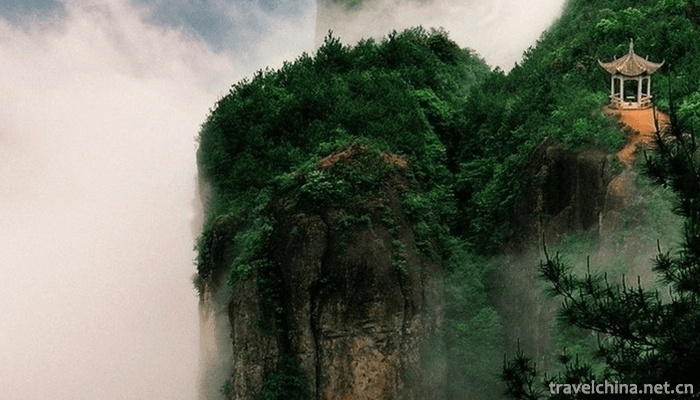
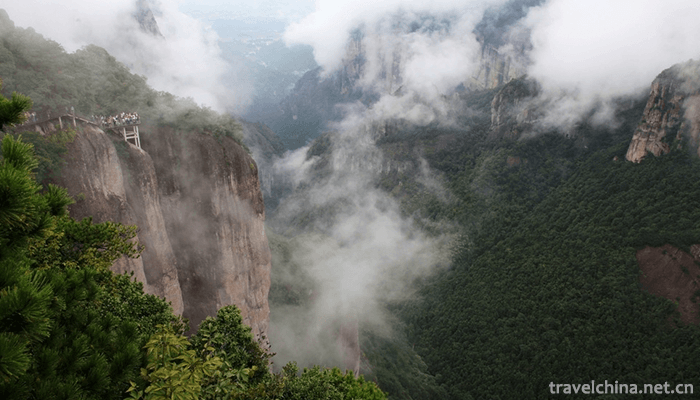
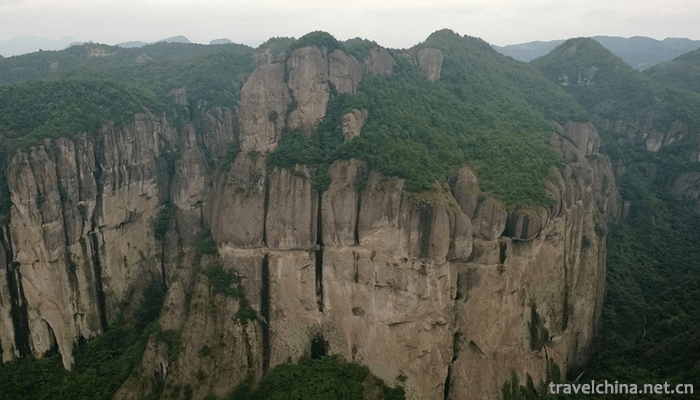
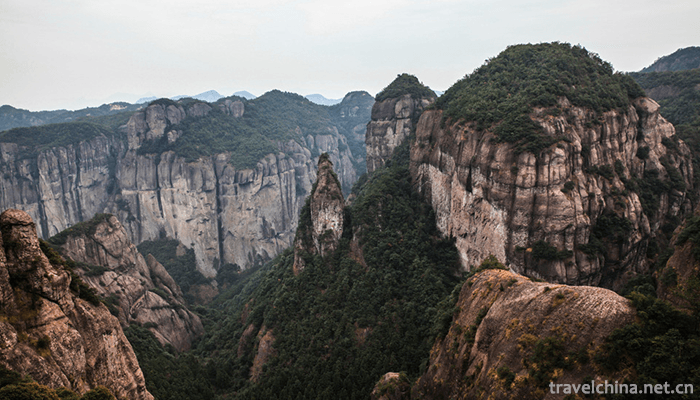
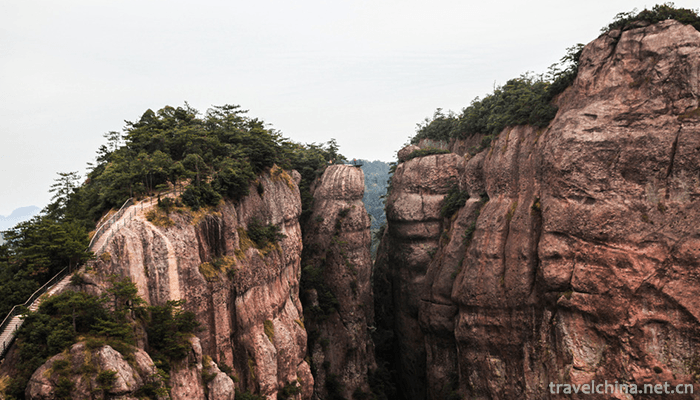
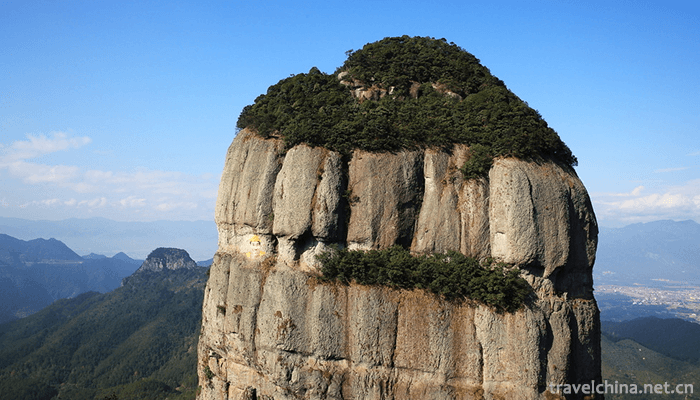
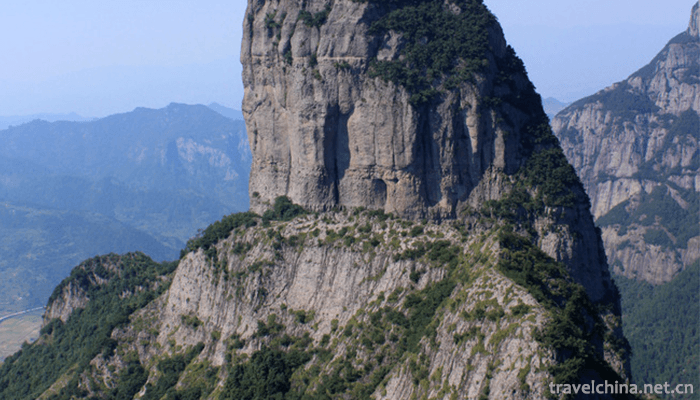

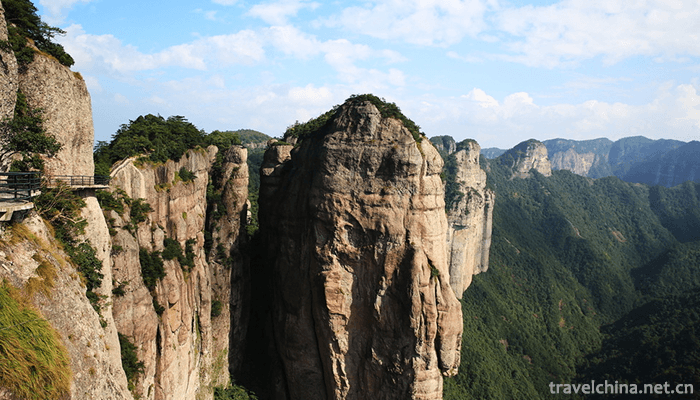
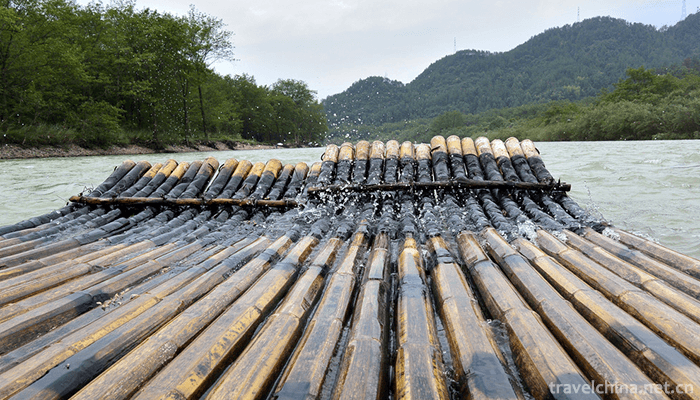
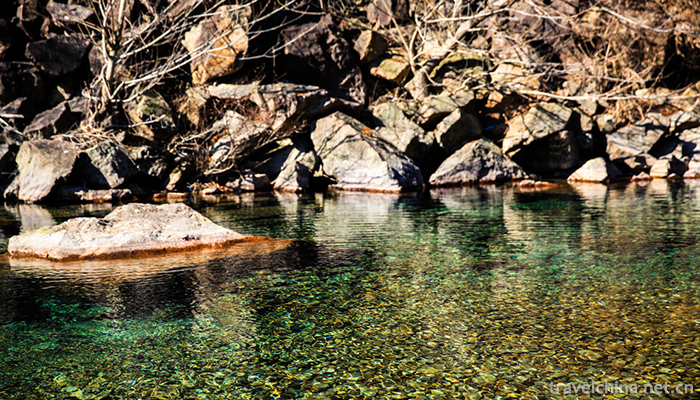
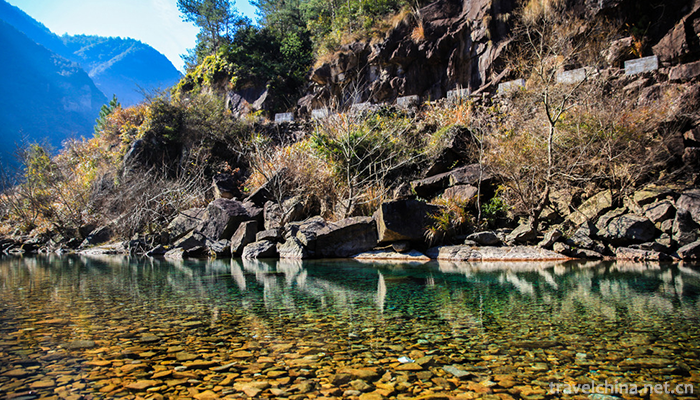
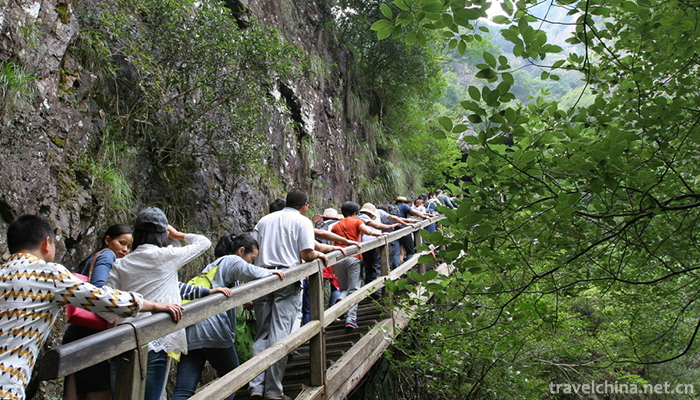
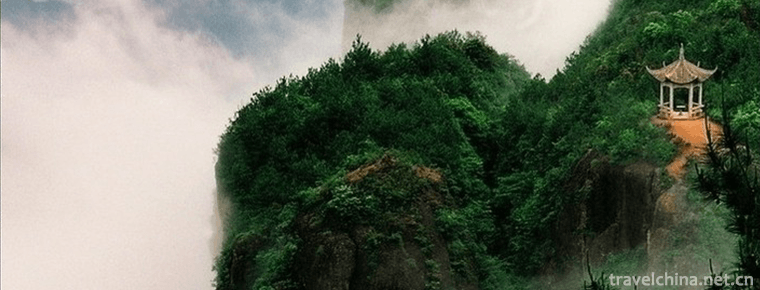
-
1.Mountain Yuntai
Yuntai Mountain is a world geological park, national AAAAA-class tourist attraction and national scenic spot, located at the junction of Xiuwu County in Jiaozuo City, Henan Province
Time 2018-10-29 -
2.Qianling Scenic Area
Qianling Scenic Area, located in Qianxian County, Xianyang, Shaanxi Province, covers an area of 1002.71 square kilometers. Population: 580,000 (2011), postcode: 713300.
Time 2018-12-22 -
3.Mingyue Gorge Scenic Area
Mingyue Gorge is located in the eastern section of Jialing Jiangxi Lingxia, Guangyuan, Sichuan Province. It covers an area of 6.1 square kilometers and is about 33 kilometers
Time 2019-02-07 -
4.Acrobatics in Dongbeizhuang
Dongbeizhuang acrobatics is a traditional folk acrobatics in Puyang City. Dongbeizhuang, Yuecun Township in Puyang City, is a pearl in the vast plain of northern Henan Province
Time 2019-04-27 -
5.Firing Techniques of Jizhou Kiln Ceramics
Jizhou kiln is a treasure of the traditional Chinese ceramic crafts. As a world-famous comprehensive ceramic kiln in Jiangnan (Ji'an, Jiangxi), it has strong local style
Time 2019-05-05 -
6.Jingdezhen Handmade Porcelain Craft
Jingdezhen Handmade Porcelain Craft, the traditional handmade Porcelain Craft in Jingdezhen City, Jiangxi Province, is one of the national intangible cultural heritage.
Time 2019-05-08 -
7.Soil alkali firing technology
On June 7, 2008, the soil-alkali firing system was approved by the State Council and listed in the second batch of national intangible cultural heritage list.
Time 2019-06-23 -
8.Ge Dongdong
Ge Dongdong, Shanghai University of Finance and Economics Professor, doctoral supervisor, director of China Operations Research Society; President of the Institute of cross science; Deputy director of
Time 2019-09-07 -
9.Anhui Normal University
Anhwei Normal University (Anhui Normal University), known as AHNU, is located in Anhui province. Wuhu City It was founded in 1928, and in the period of the Republic of China. National Anhui University
Time 2019-10-10 -
10.Tiantai Mountain in Qionglai
Tiantai Mountain Scenic Area in Qionglai is located in the southwest of Qionglai City, the hometown of Wenjun. It is the habitat of Sichuan Giant Panda. It is 110 km away from Chengdu City and 45 km away from Qionglai.
Time 2020-11-05 -
11.Deyang tertiary industry
In 2018, the annual real estate development investment in Deyang City was 14.98 billion yuan, an increase of 42.6% over the previous year. The construction area of commercial housing was 15.827 million square meters, an increase of 24.9%; the completed area
Time 2020-12-14 -
12.Leshan social security
By the end of 2018, there were 652700 employees participating in the basic endowment insurance for enterprise employees in Leshan, an increase of 27000 over the end of the previous year. 1.2567 million people participated in the endowment insurance for urban
Time 2020-12-17